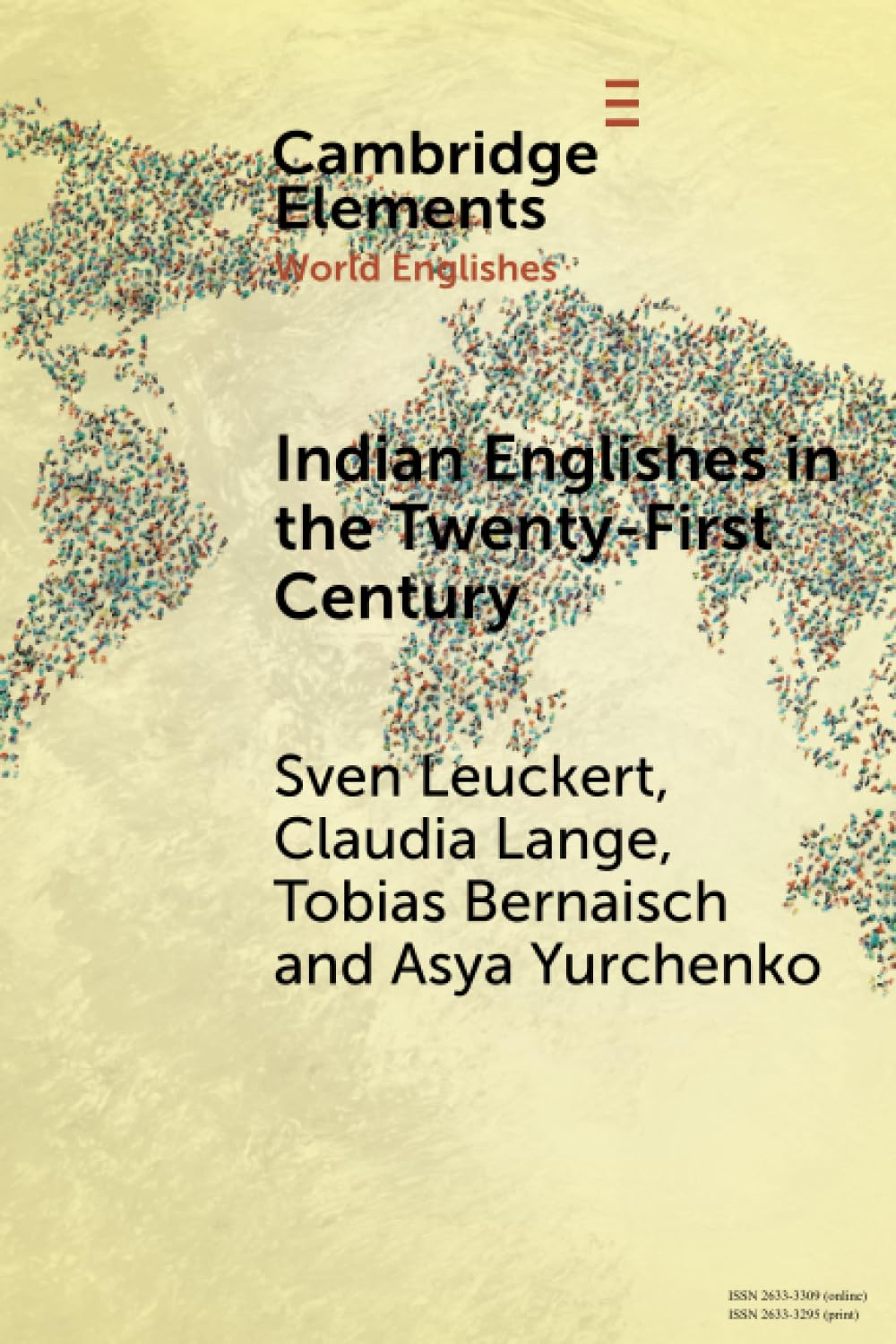Indian Englishes in the Twenty-First Century: Unity and Diversity in Lexicon and Morphosyntax (Elements in World Englishes)
Indian Englishes in the Twenty-First Century: Unity and Diversity in Lexicon and Morphosyntax (Elements in World Englishes) is backordered and will ship as soon as it is back in stock.
Couldn't load pickup availability
Genuine Products Guarantee
Genuine Products Guarantee
We guarantee 100% genuine products, and if proven otherwise, we will compensate you with 10 times the product's cost.
Delivery and Shipping
Delivery and Shipping
Products are generally ready for dispatch within 1 day and typically reach you in 3 to 5 days.
Book Details
-
Author: Sven Leuckert
-
Brand: Cambridge University Press
-
Binding: Paperback
-
Format: Import
-
Pages: 108
-
Release Date: 21-12-2023
-
EAN: 9781009323789
-
Package Dimensions: 8.9 x 6.0 x 0.4 inches
-
Language: English
About the Book
Indian English in the 21st Century: Unity and Diversity by Sven Leuckert delves into the evolving landscape of Indian English (IndE) and its functions in contemporary India. English plays an increasingly vital role in India, both within the country and internationally. Given India's vast size, diverse population, and rich linguistic variety, it's unlikely that Indian English would develop uniformly across the country.
Using corpus-linguistic and statistical methods, Leuckert explores the unity and diversity of Indian English, focusing on specific lexical and morphosyntactic features that define IndE in the 21st century. These studies provide insights into the development of IndE, shedding light on the supralocalisation phenomenon, where linguistic features spread beyond their place of origin. This spread is noted to cut through the linguistic divide between Indo-Aryan and Dravidian language groups, showing how Indian English is evolving as a transregional form.
Key Findings:
-
Supralocalisation: A growing spread of regional features of Indian English, extending beyond their original regions.
-
Diversity in Language: The study shows how linguistic features cut across the traditional Indo-Aryan vs. Dravidian language divide, contributing to the complexity and richness of IndE.
-
Corpus-Linguistic Approach: The book uses sophisticated methods to analyze the language's evolution, highlighting both the unity and diversity of Indian English.
Target Audience:
This book will be valuable for linguists, language enthusiasts, students, and researchers interested in the study of Indian English, sociolinguistics, and the evolution of English in diverse linguistic and cultural contexts. It is especially relevant for those studying the impact of English in post-colonial societies, and how it adapts to the local conditions in a multilingual environment like India.







